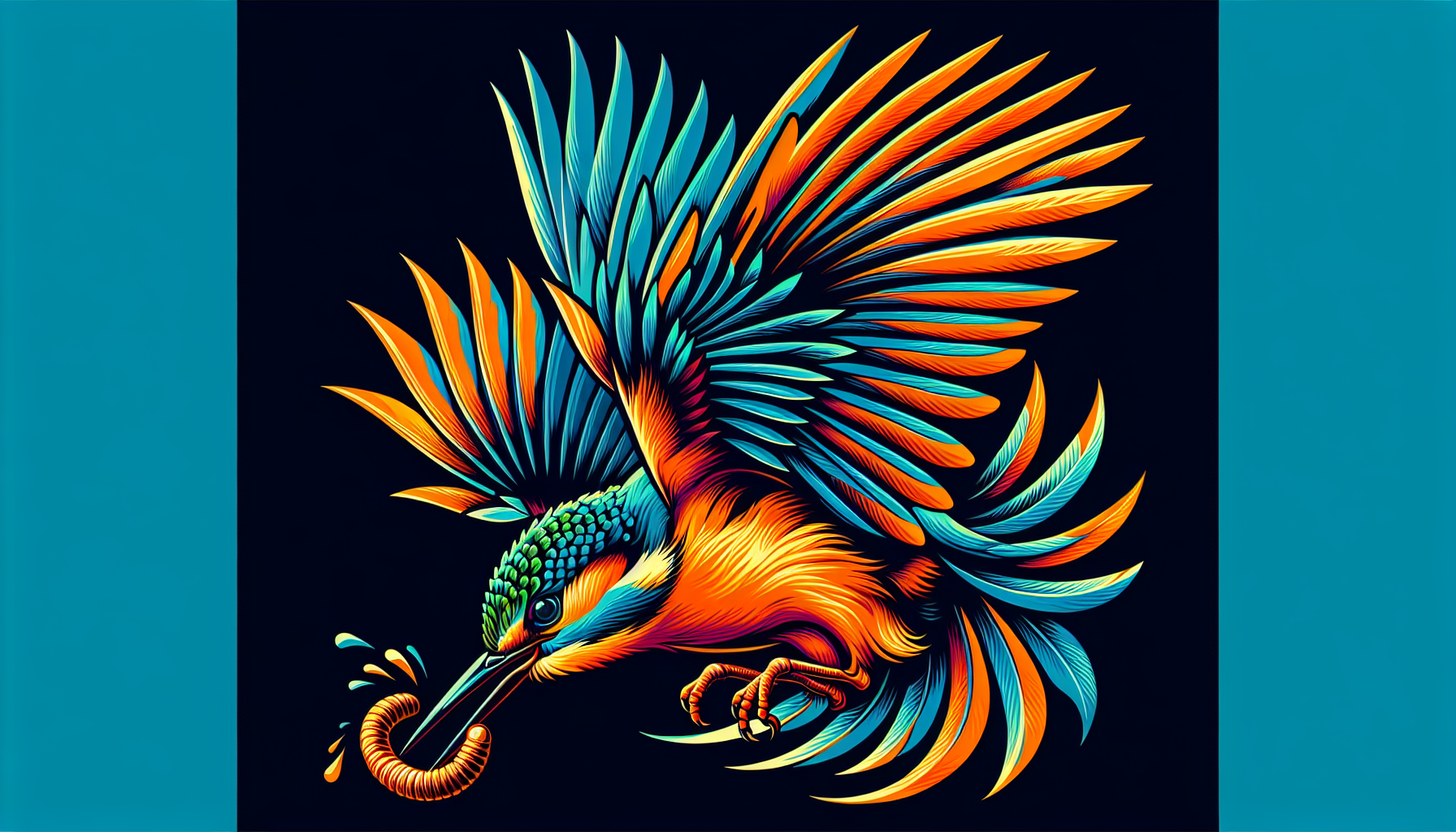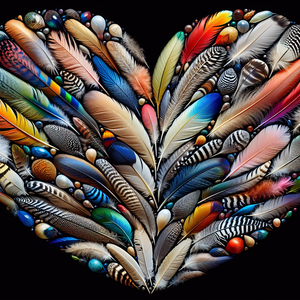Underground Art: The Hidden Gallery of Subway Systems

Subway art has evolved significantly since the first trains began to rumble through tunnels. Initially viewed as vandalism, graffiti artists gradually gained recognition as legitimate creators, with their work now celebrated in galleries and exhibitions. In cities like New York, artists such as Keith Haring and Jean-Michel Basquiat emerged from the subway scene, using the underground as a canvas to express social issues and personal narratives. Today, many cities actively commission artists to create murals and installations within their transit systems. For instance, the MTA Arts & Design program in New York City has transformed numerous stations into public art spaces, featuring works from renowned artists, including Yayoi Kusama and Anne Hamilton. This shift reflects a broader recognition of the role art plays in enhancing public spaces and enriching the commuter experience. MTA's commitment to integrating art into transit has not only beautified the environment but also created a dialogue about the importance of public art in everyday life.
Notable Artists and Their Works
One of the standout figures in the realm of subway art is Banksy, the elusive street artist known for his thought-provoking and often politically charged pieces. His work has appeared in various subway systems worldwide, including a series of pieces in London that critique consumerism and societal norms. Each piece invites commuters to pause and reflect, turning a mundane commute into an opportunity for contemplation. Banksy’s ability to blend humor with social commentary exemplifies how subway art can transcend mere aesthetics. In São Paulo, Brazil, the artist Eduardo Kobra has made waves with his colorful murals that often pay homage to cultural icons. His work, which can be found in subway stations across the city, showcases intricate patterns and portraits that celebrate Brazilian heritage, adding a splash of color to the otherwise gray transit environment. Kobra’s murals not only beautify the space but also serve as a reminder of the rich cultural narratives present within urban life. Another notable mention is the "Mural Project" in Los Angeles, an initiative that has transformed the walls of the Metro into a canvas for local artists. This project not only beautifies the transit system but also fosters community engagement, allowing local voices to be heard and seen. By showcasing the work of diverse artists, the project helps to reflect the multifaceted identities of the city's residents, making the subway a true representation of the community it serves.
The Impact of Art on Urban Transit Culture
The presence of art in subway systems goes beyond aesthetics; it plays a crucial role in shaping urban culture and community identity. Art can foster a sense of belonging and pride among commuters, transforming the subway from a mere transit system into a cultural landmark. In cities where art is integrated into the transit experience, commuters often report feeling more connected to their city and its history. This connection can enhance the overall commuting experience, making it more enjoyable and meaningful. Moreover, subway art can serve as a catalyst for social change. Murals that address social justice issues or celebrate diversity can spark conversations among commuters, challenging perceptions and encouraging inclusivity. For example, the "Unity" mural in Philadelphia, created by artist Meg Saligman, depicts the diverse faces of the city, promoting a message of acceptance and togetherness in a space where people from all walks of life converge. Such artworks not only enhance the visual landscape of the subway but also contribute to an ongoing dialogue about community values and social justice.
The hidden galleries of subway systems around the world are more than just a collection of colorful murals and graffiti; they are reflections of urban identity, cultural expression, and social commentary. As cities continue to embrace the integration of art into their transit systems, the stories told through these underground canvases will only grow richer. Whether you’re a daily commuter or a curious traveler, the next time you ride the subway, take a moment to look around—there's a world of creativity waiting to be discovered just beneath the surface. Through art, these subterranean spaces become not only routes for transportation but also vibrant platforms for cultural exchange and community engagement.
Public Art Coordinator
City Arts Commissions, Transit Authorities, Nonprofit Art Organizations
Responsibilities
Oversee the planning and execution of public art projects within transit systems, ensuring alignment with community values and aesthetics.
Collaborate with artists, local organizations, and city officials to develop engaging art initiatives that enhance public spaces.
Manage budgets, timelines, and contracts for art installations, ensuring projects are delivered on schedule and within financial constraints.
Skills Required
Strong project management and communication skills.
Knowledge of public art policies and procedures, as well as experience working with artists and community stakeholders.
Familiarity with urban planning and community engagement strategies.
Art Curator for Transit Systems
Transit Authorities, Art Museums, Cultural Institutions
Responsibilities
Curate exhibitions and installations in subway stations, selecting works that resonate with the local community and enhance the commuter experience.
Develop educational programs and tours that engage the public with the art on display and its cultural significance.
Work with artists to create site-specific installations that reflect the identity and diversity of the transit system’s users.
Skills Required
Expertise in art history and contemporary art practices, particularly in public spaces.
Excellent networking skills to forge relationships with artists, galleries, and community organizations.
Experience in exhibition design and public engagement strategies.
Community Engagement Specialist
Nonprofits, Community Development Organizations, Transit Authorities
Responsibilities
Facilitate community input and participation in public art projects related to subway systems, ensuring diverse voices are heard and represented.
Organize workshops and forums to educate the public about the importance of art in urban spaces and gather feedback on proposed projects.
Collaborate with local artists and community leaders to create art initiatives that reflect the community’s identity and values.
Skills Required
Strong interpersonal and communication skills, with a focus on community outreach and relationship-building.
Experience in organizing events and workshops that foster community dialogue and engagement.
Understanding of social justice issues and the role of art in addressing them.
Graphic Designer for Urban Art Projects
Design Firms, Transit Authorities, Cultural Organizations
Responsibilities
Design promotional materials and visual identities for public art projects within transit systems, ensuring they resonate with the target audience.
Collaborate with artists and project managers to create engaging graphics for murals, exhibitions, and community events.
Utilize digital tools to develop visual concepts that communicate the essence of the art initiatives and their impact on the community.
Skills Required
Proficiency in design software (e.g., Adobe Creative Suite) and a strong portfolio of relevant work.
Creative problem-solving skills, with the ability to conceptualize and execute innovative design solutions.
Understanding of branding and marketing principles in the context of public art and community engagement.
Art Historian/Researcher in Urban Art
Universities, Research Institutions, Cultural Organizations
Responsibilities
Conduct research on the history and impact of subway art within urban environments, producing reports and publications that highlight significant works and artists.
Collaborate with transit authorities and cultural institutions to document and archive subway art, contributing to preservation efforts.
Analyze the social and cultural implications of public art in transit systems, providing insights that inform future projects and initiatives.
Skills Required
Advanced knowledge of art history, particularly in relation to urban and street art movements.
Strong analytical and writing skills, with the ability to communicate complex ideas clearly and engagingly.
Experience in conducting field research and utilizing archival resources effectively.


